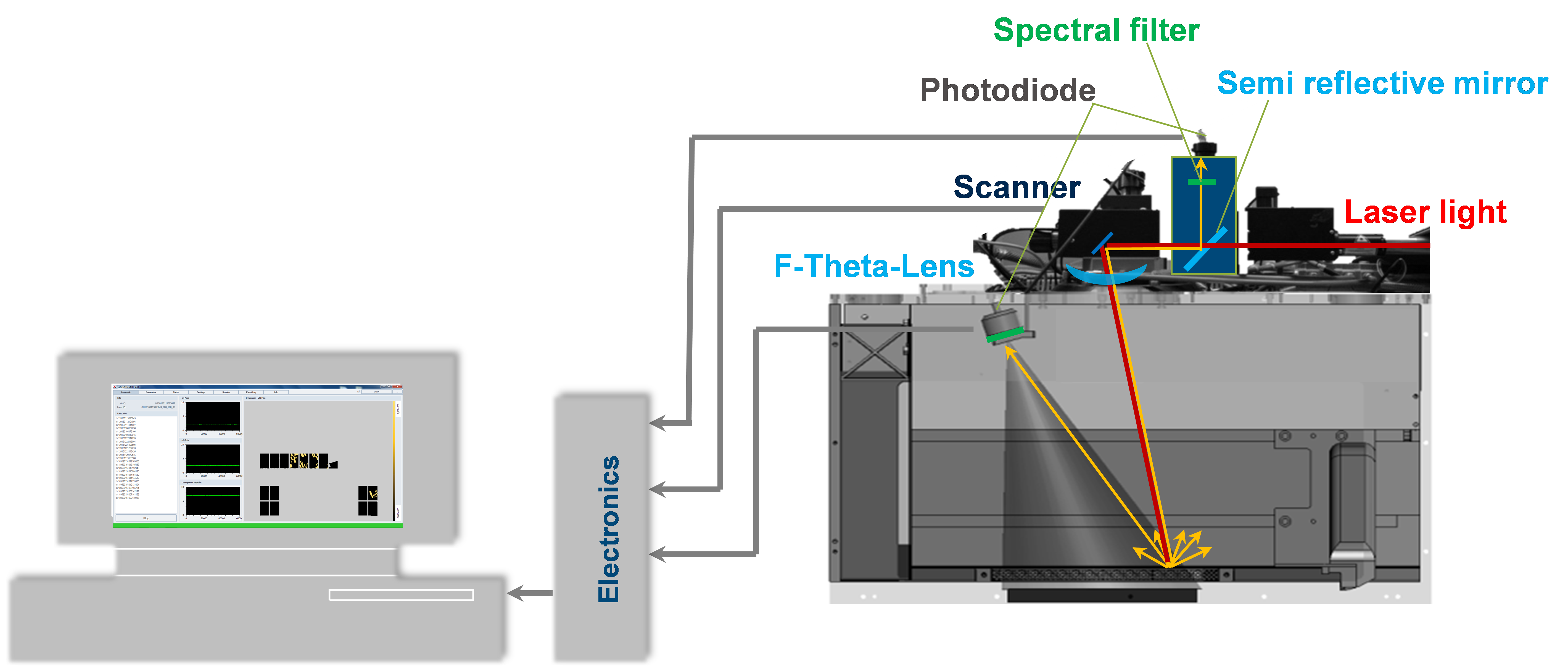By Shiva Gadag, Radovan Kovacevic and Nilesh Ramani Introduction: Glass, Quartz, and Silicon are made out of sand grains consisting of Silica, SiO2. Silicon and Glass are two basic building blocks which go hand-in-hand in the fabrication of optoelectronics and microelectronics device for MEMS and Biomedical microdevice applications such as charge coupled device, lab-on-a-chip, microsensors, […]
Laser Editorials
Diode Lasers in Cladding, Additive and Hybrid Manufacturing
By Oleg Raykis Today there exist a number of technologies for additive manufacturing of components. The two most prominent types utilizing lasers for generating parts out of metals are either powder bed based solutions or direct energy deposition, often referred to as laser metal deposition. As a company Laserline focuses mainly on the second type. […]
Quality Assurance of Selective Laser Melting Applications
By Thomas Gruenberger Key differentiation criteria for Additive Manufacturing (AM) technologies are freedom of design, cost advantage, customization, and time to market. Direct metal laser sintering (DMLS) AM technology is ideal for serial production for industries like aerospace. Setting up a process means mapping the input parameters (e.g. machine and process parameters and part geometry) […]
Evolving Laser Safety Classification Concepts & New Products
By Karl Schulmeister The classification of lasers by the product’s manufacturer – from Class 1 to Class 4 – is a valuable means to provide the end user with simplified information about the potential hazards to the eye and skin. The concept of product classification can be considered a success story. Developed in the USA […]
Proposal of a New Laser Safety Guard Material & Its Protection Time Evaluation Method
KUNIHIKO WASHIO, TAKASHI KAYAHARA, YOSHIHIRO EMORI AND AKIRA FUJISAKI Thin metallic sheets made of aluminum or steel with a thickness of 1 to 2 mm are often used as laser guard materials. However, metallic laser guards are easily penetrated by high power laser irradiation due to quick melting. Therefore, their protection times are short. Current […]







